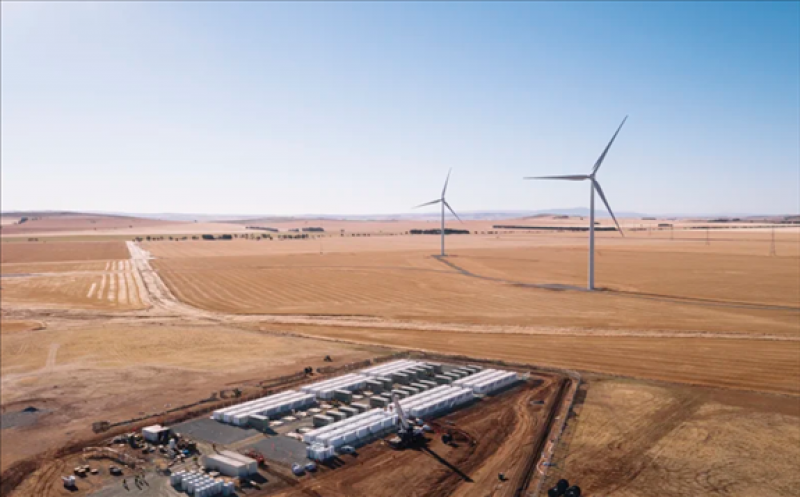South Australia sourced an average of just over 100 per cent of the electricity it needed from renewable power for 6½ days leading up to December 29 last year – a record for the state and perhaps for comparable energy grids around the world.

The state’s previous record was just over three days, says Geoff Eldridge, an energy analyst who runs the website NEMlog.com.au, which tracks the operations of the National Energy Market covering Australia’s east-coast states and South Australia.
His analysis shows that for the six days identified, the state produced on average 101 per cent of the energy it needed from wind, rooftop solar and solar farms, with just a fraction of the energy the state used being drawn from gas, in order to keep the grid stable.
At times during the period, slightly less renewable energy was available and at other times renewable capacity was higher than needed, he says.
Bruce Mountain, director of the Victoria Energy Policy Centre, said he believed that aside from some small island grids such as those in Hawaii and Tasmania, it was likely that South Australia’s six-day run on renewables was a record for a grid supporting an advanced economy.
During the unprecedented 156-hour renewable run, the share of wind in total energy supplied averaged 64.4 per cent, while rooftop solar averaged 29.5 per cent and utility-scale solar averaged 6.2 per cent, clean energy website RenewEconomy.com.au reported, using Mr Eldridge’s data.
While Australia often receives poor international press regarding its climate policies, the nation’s rapid uptake of renewables is also receiving international attention.
A recent episode of the podcast The Energy Gang, produced in the US by global energy consultants Wood Mackenzie, focused on Australia’s success in incorporating renewables into its grid to total 24 per cent, highlighting the uptake of grid-scale batteries that both store renewable energy when it is not needed and help stabilise a system originally built to transmit power from huge providers such as coal power stations.
Fereidoon Sioshansi, a US-based energy analyst, says Australia has driven down the costs of renewables and in particular solar power, not only with so-called feed-in tariffs, which leave owners of solar systems paid well for the power they feed back to the grid, but also efficient regulation.
In parts of the US, state governments have introduced fees that slow solar uptake after lobbying from utility companies, he says.
Figures from the International Renewable Energy Agency show the cost of installing residential solar in Australia is similar to that of nations with far cheaper labour costs such as Thailand and Malaysia, and is much cheaper than in the US and Europe.
Professor Mountain said Dr Sioshansi was one of many international energy experts who had contacted him to ask about Australian and South Australian energy policy.
Professor Mountain said despite missteps over the years, South Australia’s success in renewables was due to a consistent bipartisan determination to speed up energy transition. He said the state had advantages in its transition because it was a comparatively small market, with good connections to Victoria.
Mr Eldridge said his data showed significant “curtailment” during the six-day period, meaning renewables providers did not generate as much power as they could have. This suggests progress is being made towards the SA government’s plan to become a net exporter of renewable power via interconnectors and a future green hydrogen industry, he said.